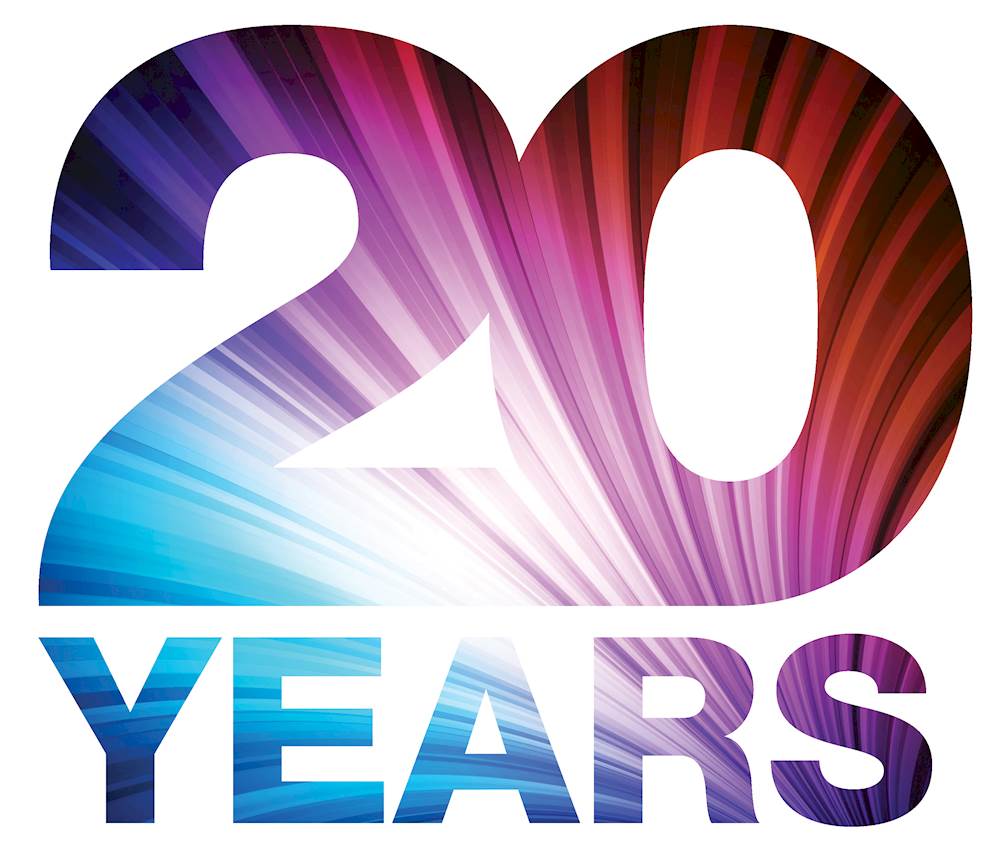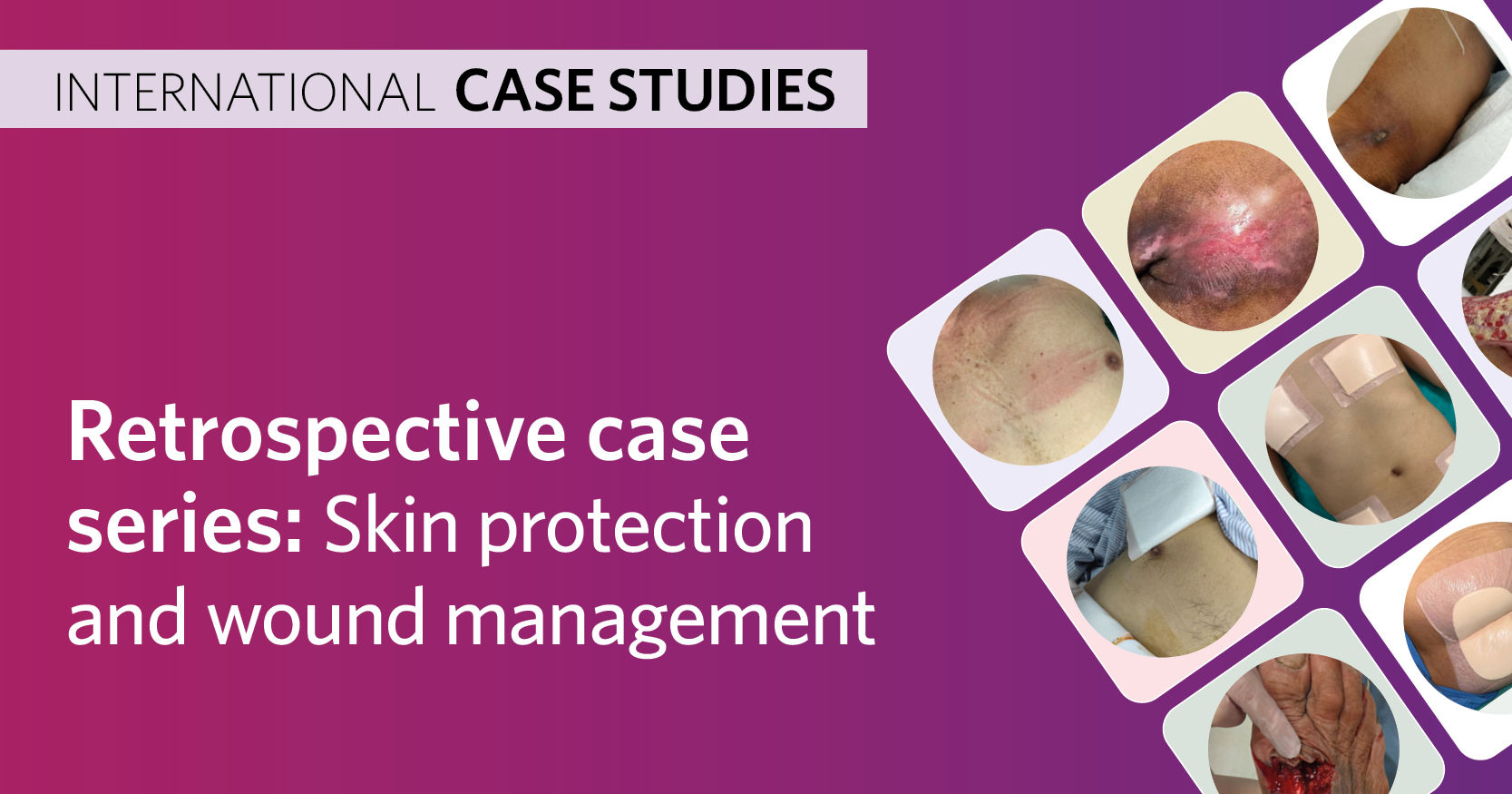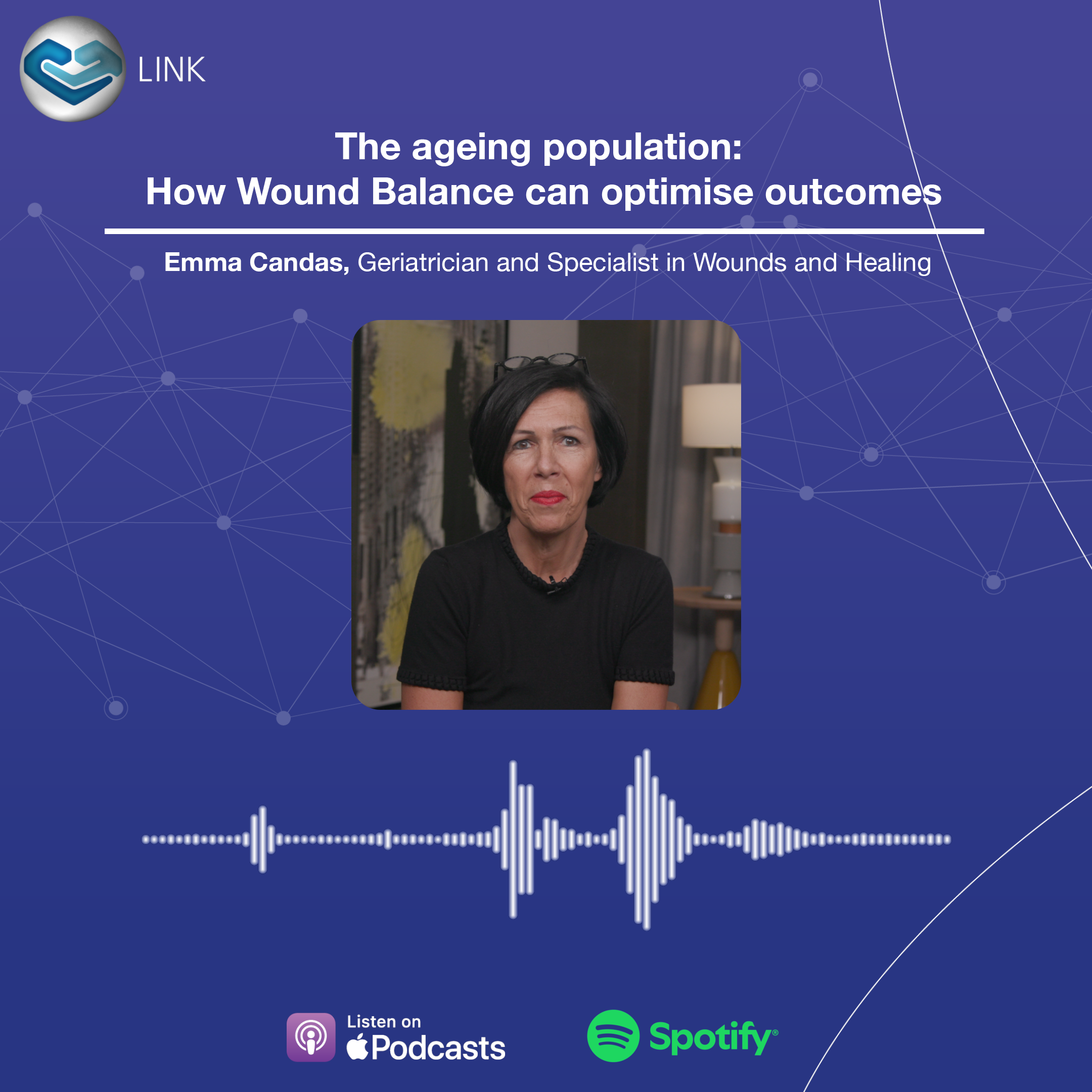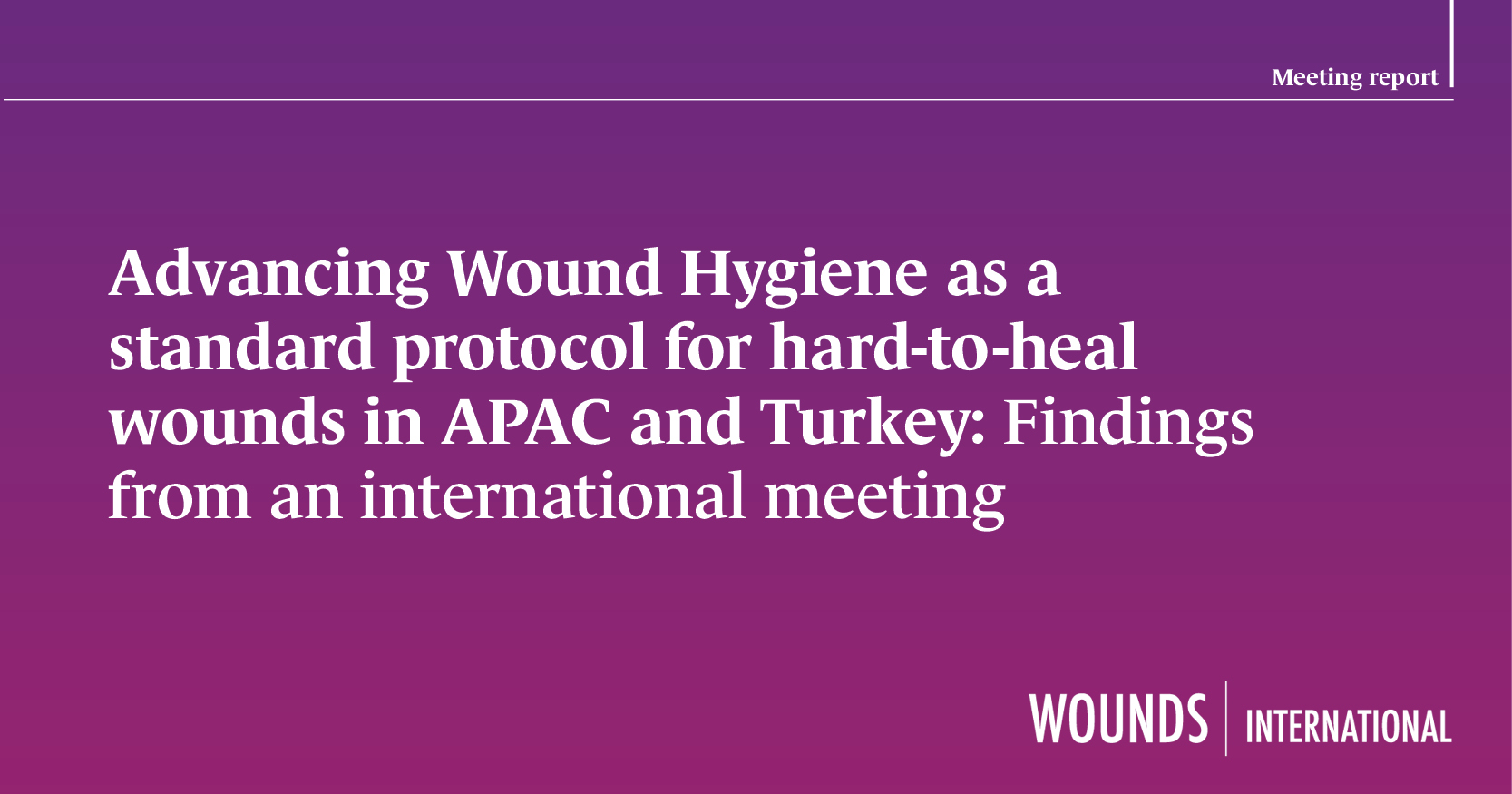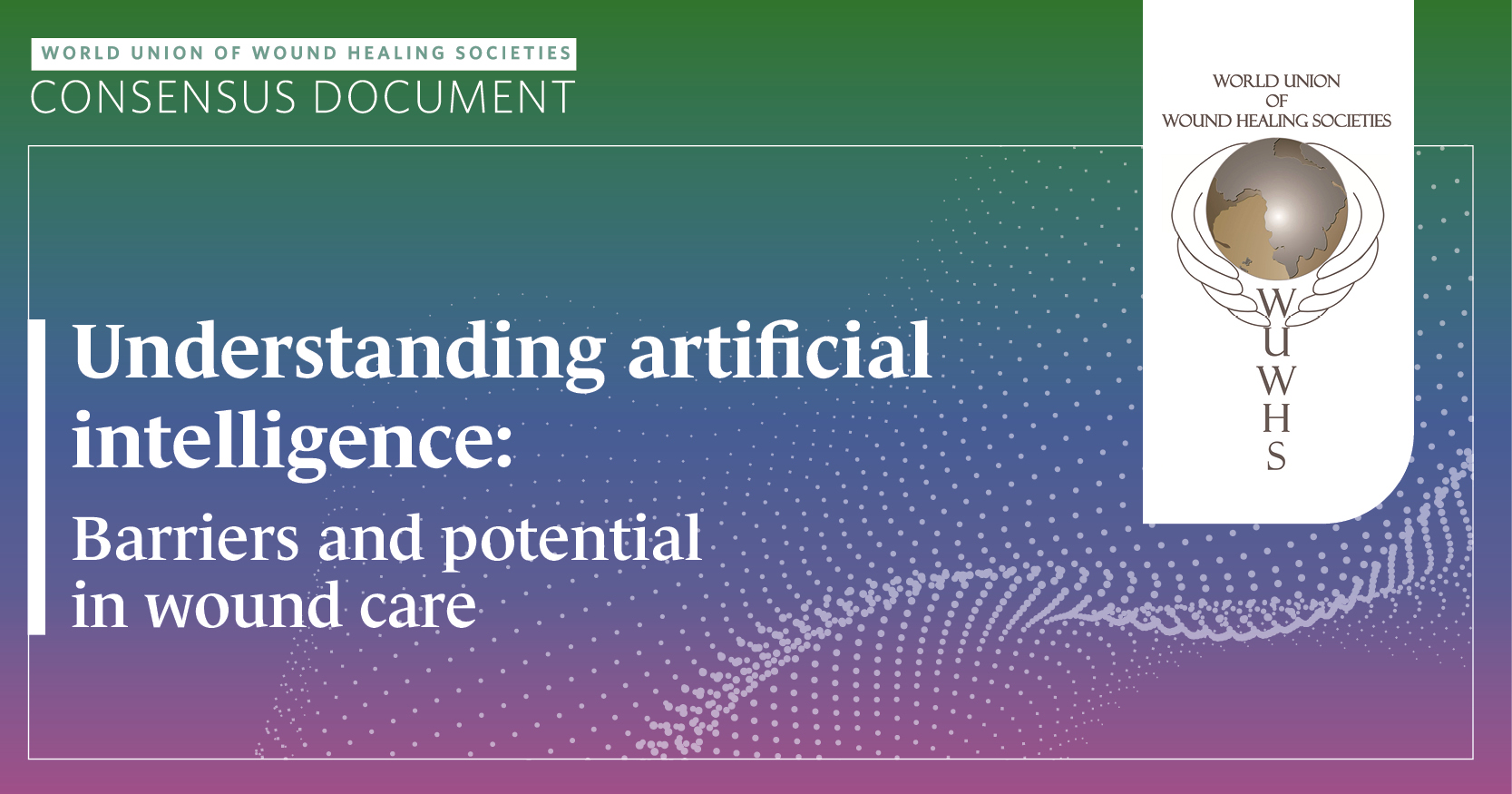To gain a feeling of the issues and questions problems and solutions for all of us and for the patients we aim to serve, I’ve focussed on some of our editorials and articles from the last 19 years.
Our first issue was in October of 2006 and in it, Prof Christine Moffatt clearly stated that the Journal’s aim was to “put lymphoedema care on the map and help develop the clinical practice of all health professionals”. The hope of Christine then was that it would contribute to raising the profile of lymphoedema throughout the world! In those early days, there was reliance on support from industry partners and in this respect, the first were Haddenham, Activa, Medi, Huntleigh Health Care and Jobst. And it’s together we advance our knowledge — that is one thing as clear now in 2025 as it was back then.
In our second volume, we focused on thinking global and acting local to treat lymphatic disease. As Christine Moffatt explained: “The management of lymphoedemas in countries where filariasis is prevalent could be enhanced by the global dissemination of best practices and collaboration between organisations.” Dr Mauro Andrade indicated though that our focus just on oedema therapies “might blind us to innovation”, emphasising that the oedema is “not the disease itself nor will oedema treatment resolve the disorder”.
In 2008 (volume 3), we focused on the “impact of lymphoedema on patients and the failure of professionals to truly acknowledge this in many aspects of daily life”. The role then of the International Lymphoedema Framework and its role in global best practice and collaboration was recognised and promoted in an article by Phillip Morgan.
We moved in to a new era in 2011 with our 6th volume, with Prof Keeley emphasising the need for more clinical research but indicating there was a paucity of randomised controlled trials (RCTs), which are the gold standard of research. He did describe high-level large-scale trials which were in progress in the areas of the prevention of lymphoedemas, the use of objective measures, such as bio-impedance spectroscopy and in-home evaluation of the effectiveness of pneumatic compression. This, he indicated, represented “the beginning of a new era of lymphoedema clinical research”, which it certainly did! My editorial then focused on the need to be more proactive in terms of treatments rather than sitting back and saying, “let’s wait and see what happens”. It also questioned why many healthcare systems did not support early intervention programmes and screening for the risk of developing lymphoedemas.
In our 2012 issue (volume 7), we discussed the importance of helping patients to better help themselves, imploring therapists to do more to help patients overcome treatment fatigue and try to help patients maintain interest and to look for help if their management was perceived to not be working well.
Our 2016 volume 11 editorial focused on the increasing prominence of obesity in the lymphoedema cohorts and a realisation that across developed nations, even then, the burden of obesity represented about 10% of total health budgets. While we are now more aware of the impact of obesity in terms of medications to better manage weight, it’s still one of the major risk factors associated with lymphoedema presence.
By our 12th issue in 2017, we were beginning to ponder the rise of robots and early AI in lymphoedemas, its diagnosis and treatments. The early fear was whether they might eventually replace healthcare professionals. We can see now in 2025 some of those significant issues having to be questioned and dealt with. But as we worried back in 2017, what happens if the internet goes down or the robot fails? Will we still have the skills to cope?
Our 13th issue editorial discussed our evidence base and what influenced our decision to offer a particular treatment or recommendation to the patient. We expressed concerns about what our patients might read and thus act on and whether it was reliable information or not. We ourselves also had to deal with those issues. Some would not recommend a treatment or management strategy unless there was an RCT on it — but countering that we had a problem of very few RCT’s in our areas — that is a problem that remains still significant today and we must continue to seek funding to undertake more of them. In this editorial, we discussed that sometimes a lack of information lead to inaction, until the level of evidence was stronger. But on the other side of the fence, Frieden (2017) suggested what we needed was “actionable data” that which was sufficient for clinical action leading to us to be able to say to at patient (or others) “here is what we recommend and this is why”.
Our 2019 editorial focused on the need to be holistic in lymphoedema care, by supporting the optimal functioning of the lymphatic system and we discussed the links between obesity, inflammation, diet, our microbiome and their communication with the brain and its functioning as determined by the brain drains, the glymphatic system and others.
In our 16th issue in 2021, our editorial focus “Are we there yet?” dealt with the “deluge of information facing us”, which often made it hard to decide what is going on, what we should do and in what sequence, and that despite being well trained and informed, meant that making the right decision was still very difficult. We recognised it was tough doing this but through our plethora of national and international meetings and our worldwide frameworks, we were making it easier through our education and awareness programmes. We talked more about the importance of pre-screening for risk factors and again about earlier intervention. But most importantly, even in the face of increasing awareness of the impact of climate and its changes, through our facilitation of listening, learning and applying our knowledge in a holistic multidisciplinary sense we were getting well along the way towards better outcomes for all.
Our 17th issue in 2022 again pushed for the importance and relevance of prospective surveillance, prophylactic treatment and proactivity hoping then the problems could be better addressed and solved. Certainly, the expanding range of tools which could help us in the objective assessment of the patient, in terms of bioimpedance spectroscopy, Tissue Dielectric Constant, perometry, fibronometry, helped. As did the increasing acknowledgment of the benefits of indocyanine green to assess superficial lymphatic paths and their functionality. At the same time, we all faced the issues of Covid and its impacts on what we could do and how we could interact. In a way, it encouraged often more independence and facilitated improved awareness and use of Telehealth consults.
As we came together afterwards, we saw the need and impact of the benefits from the influence of local groups and of the importance of the need for the further development and refinement of our national and international guidelines and to get that out and available for all on our reliable web sites associated with our national and international bodies.
As we moved into 2023, our 18th issue editorial focused on a more specific target, the ‘sole of the lymphatic system’ — the lymphatics of the feet and legs. As Leonardo da Vinci stated: “The human foot is a masterpiece of engineering and a work of art” (Foot Respect, 2025). But we saw in the editorial that we often ignore the lymphatics of these most distal and dependant parts of our body. It’s their optimal functioning that determines our mobility and that can affect the functional status of other systems in our body, as well as, of course, our mobility. The message here was “yes”, we must be holistic when dealing with our lymphatics, but we must never forget those of our specific parts such as the feet, the abdominal area and the brain.
In 2024, in our 19th issue, we moved again into recognising the importance and relevance of patient education about lymphology generally and the lymphatic system specifically — all at a level of relevance and understanding to the patient. We were asked to put our feet into the shoes of our patients and again examine everything from their perspective (as we have done in seven of our previous editorials). While our experience and expertise is always worth listening to, it was also seen as important that patients get to talk with each other, citing the lived experience of having lymphoedema or a poorly functioning lymphatic system.
This ability is enshrined in the range of patient support groups around the world and why it so beneficial to empower people living with lymphoedema — people usually have the ability and knowledge to confront whatever challenge is thrown at them. Doing it alone is hard though and that is why patient supportive groups are crucial. But we see nowadays that even for us and especially for patients it’s hard to sort out what is good and what is bad on the web that we all browse through pretty much daily. But when we harness those groups (as we have our own professional ones), they and we can be guided to the reputable sites with validated information and that’s why it’s essential we protect our national and international groups and societies. Even though we may not all have the same aims and objectives and sometimes have different opinions depending on the countries in which we practice, we are all pulling in the same direction and promoting the same ambitions. It is better to recognise risk factors, improve early detection of all lymphoedemas and to be involved with treatments and management programmes based on the best evidence we have, in a holistic and multidisciplinary environment rich in camaraderie and communication.
Throughout our 20 years, I believe we as a journal have facilitated all these ambitions. We have also been wonderfully supported by our industry partners and YES I’m sure through the presentations and discussions and debates we have had, we are making a difference.
Support the continuation and future of our Journal of Lymphoedema please, there are few focused and genuine journals around the world targeting all aspects of lymphoedemas, all our authors have done a wonderful job over the years thanks to core help and advice from the editorial board, affiliated institutions, the editorial staff and background business support staff.
In order to recognise and appreciate the challenges and changes which have occurred around the world over the past 20 years, we have invited key figures in a range of countries to review their perceptions of changes which have occurred and what that has meant for the healthcare professionals and patients in these countries.
You will see we have made a difference, and we will continue to do that but you as patients and healthcare professionals, our national and international societies and groups and our industry partners must work together to ensure it continues to happen. Let’s hear from you soon!

